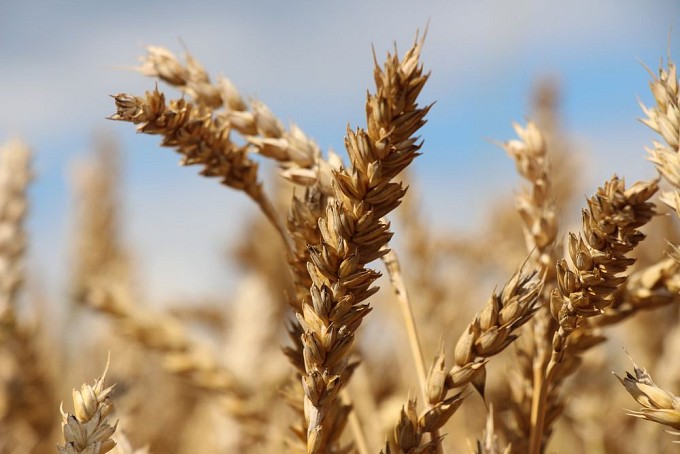
FAO has published preliminary forecasts for the 2025 harvest. The forecast notes that, according to preliminary data, global wheat production volumes in 2025 will increase slightly. It is expected that 796 million tonnes will be produced, which is almost 1% higher than last year, the APK News agency reports.
It is assumed that the main factor in this growth will be an increase in production in the European Union countries after its decrease in 2024.
“Area under cultivation is expected to expand, mainly for soft wheat varieties, mainly in France and Germany,” the FAO report for March says.
Compared to last year, the average yield in the European Union is also expected to increase; however, this may be hampered by the formation of dry conditions in the east and excess rainfall in the west, especially in France. In the UK and Northern Ireland, winter wheat area is forecast to recover from a decline in 2024 due to excess rainfall during the autumn planting season, with production expected to increase modestly in 2025.
In the US, overall wheat area is expected to increase in 2025 as a result of increased winter crop area and a likely increase in spring planting, possibly at the expense of some reduction in soybean area. Yields are forecast to be slightly lower than last year as a significant portion of winter wheat experienced slightly less rainfall than in 2024, with overall production expected to be slightly lower to 52.5 million tonnes.
In Canada, wheat area is expected to increase, based on preliminary forecasts, due to increased soil moisture and an expected rise in prices later in the year. If yields reach average levels, wheat production could reach 35 million tonnes, roughly the same as in 2024.
In the Russian Federation, winter wheat acreage has been declining for the third year in a row. Combined with soil moisture shortages and low snow cover, which poses a risk of frost damage, production is expected to decline by 2 percent to 80 million tonnes compared to last year.
In Ukraine, the ongoing war, which has made access to fields difficult, financial difficulties and damage to infrastructure have reduced the profitability of the sector, has left the acreage below average in 2025. The poor rainfall is also contributing to the deterioration in crop prospects, so a slight decline in production is expected compared to last year.
In India, wheat acreage reached a record high in 2025, helped by the introduction of significant price incentives and government subsidies for agricultural inputs. However, a slight decrease in yield is expected, so compared to last year, production volume will not change and will amount to 113 million tons.
In China, field assessments as of mid-February indicate favorable agronomic conditions for wheat cultivation. Germination has begun in northern areas, while tillering and stemming have begun in eastern and central regions. Production is expected to be stable at last year’s level of 140 million tonnes, above the five-year average.
In Pakistan, production is forecast to decline to near the recent average in 2025 due to lower yields. This is due to dry conditions that have adversely affected rain-fed crops and caused shortages of irrigation water in northern regions.
In Middle East Asia, particularly Iran and Turkey, rainfall shortages since late 2024 have limited planting areas and reduced crop prospects. Wheat production is therefore forecast to decline in these countries in 2025, possibly even below the five-year average.
In North Africa, overall cereal production is expected to remain below average in 2025, as poor early-season rainfall delayed planting and reduced yield prospects, particularly in rainfed areas.
In the Southern Hemisphere, a sharp rise in domestic maize prices in Brazil in late 2024 supported expansion of main-crop maize area, while winter maize area, currently under harvest, was below average. Prospects for the 2025 crop remain good, assuming normal weather conditions until the start of harvest in June.
In Argentina, poor rainfall during planting and early crop establishment is expected to reduce yields. Combined with reduced planting area due to concerns about dwarfing outbreaks, maize production is expected to be below average in 2025.
South Africa's overall maize production is expected to rise in 2025, driven by an expansion of maize area (in the context of record high prices) and a possible recovery in yields following the dry conditions of 2024.